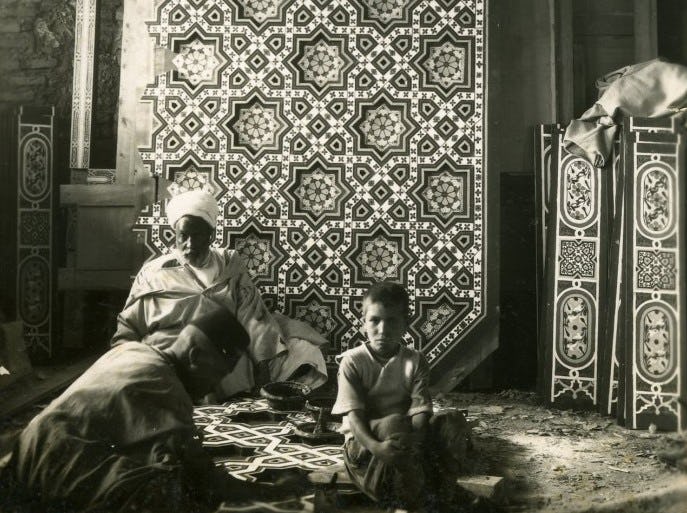Cusped-Rim Polychrome Ceramic Dish with Floral and Saz Leaf Motifs
Date16th century
PeriodOttoman
MediumStonepaste, underglaze-painted over a slip coating
DimensionsDiameter: 13 in. (33cm)
ClassificationsCeramics
Credit LineCourtesy of the Doris Duke Foundation for Islamic Art
Object number48.25
DescriptionThis Iznik ware dish has an almost symmetrical design, with a central spray of roses encircled by a curving stem of blue hyacinths. These are outlined by two large green leaves in the saz style and red hyacinth stems. The border incorporates a "rock-and-wave" pattern inspired by Chinese porcelain. Iznik ware was produced between the 1408s and about 1700. The earliest designs were heavily influenced by Chinese blue-and-white porcelain design. Ottoman artists eventually incorporated an array of lively floral motifs and bright colors — deep blue, green, manganese purple, and turquoise — into their designs, establishing a new aesthetic. The bright, tomato-red hue was introduced in the 1550s. This color was created by applying an earthy, iron-rich clay called Armenian bole. The artist applied large amounts of this pigment prior to firing creating a textured effect on the surface.
On View
On viewCollections
c. 1580
16th - 17th century
16th - 17th century
16th century











